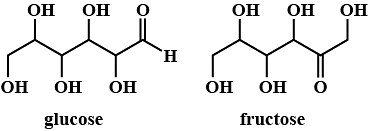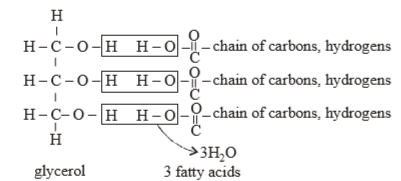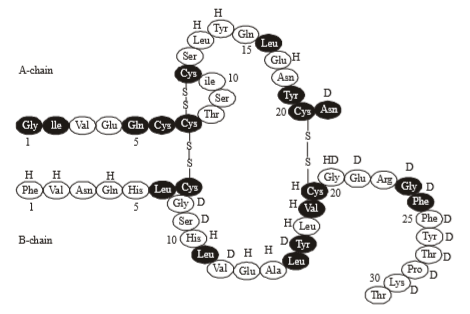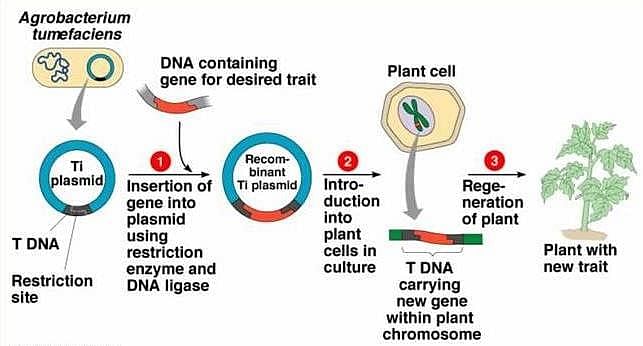31 Years NEET Previous Year Questions: Biomolecules - 1 - NEET MCQ
15 Questions MCQ Test - 31 Years NEET Previous Year Questions: Biomolecules - 1
Which of the following are not secondary metabolites in plants? [2021]
Identify the basic amino acid from the following [2020]
| 1 Crore+ students have signed up on EduRev. Have you? Download the App |
Which of the following glucose transporters is insulin-dependent? [2019]
The two functional groups characteristic of sugars are [2018]
A typical fat molecule is made up of [2016]
Which one of the following statements is WRONG? [2016]
The amino acid Tryptophan is the precursor for the synthesis of [2016]
Enzymes increase the rate of reaction by______.
The two polypeptides of human insulin are linked together by [2016]
Which one of the following statements is INCORRECT? [2015 RS]
Which of the following biomolecules does have a phosphodiester bond ? [2015 RS]
The enzyme that is NOT present in succus entericus is : [2015 RS]
The introduction of t-DNA into plants involves: [2015 RS]
Select the option which is NOT correct with respect to enzyme action: [2014]
Which one of the following is a non - reducing carbohydrate? [2014]






















